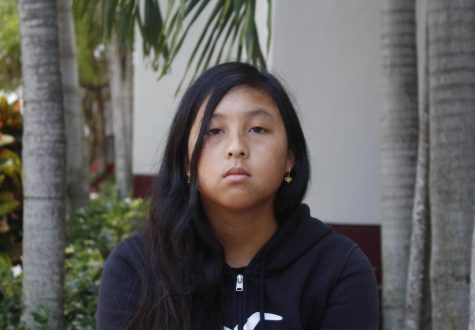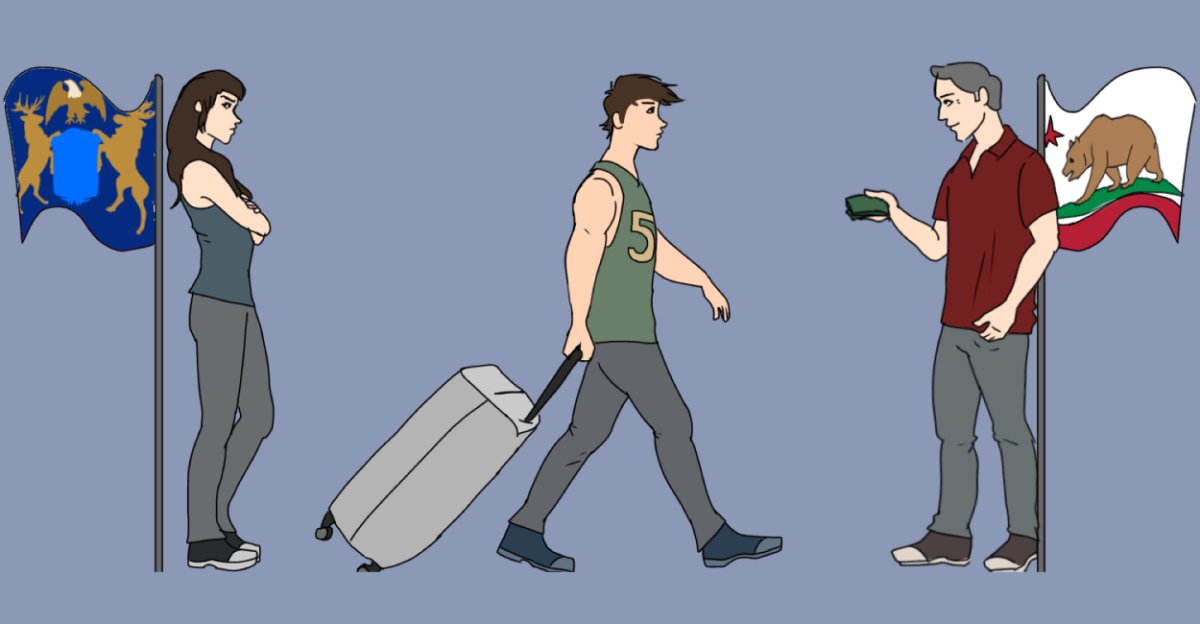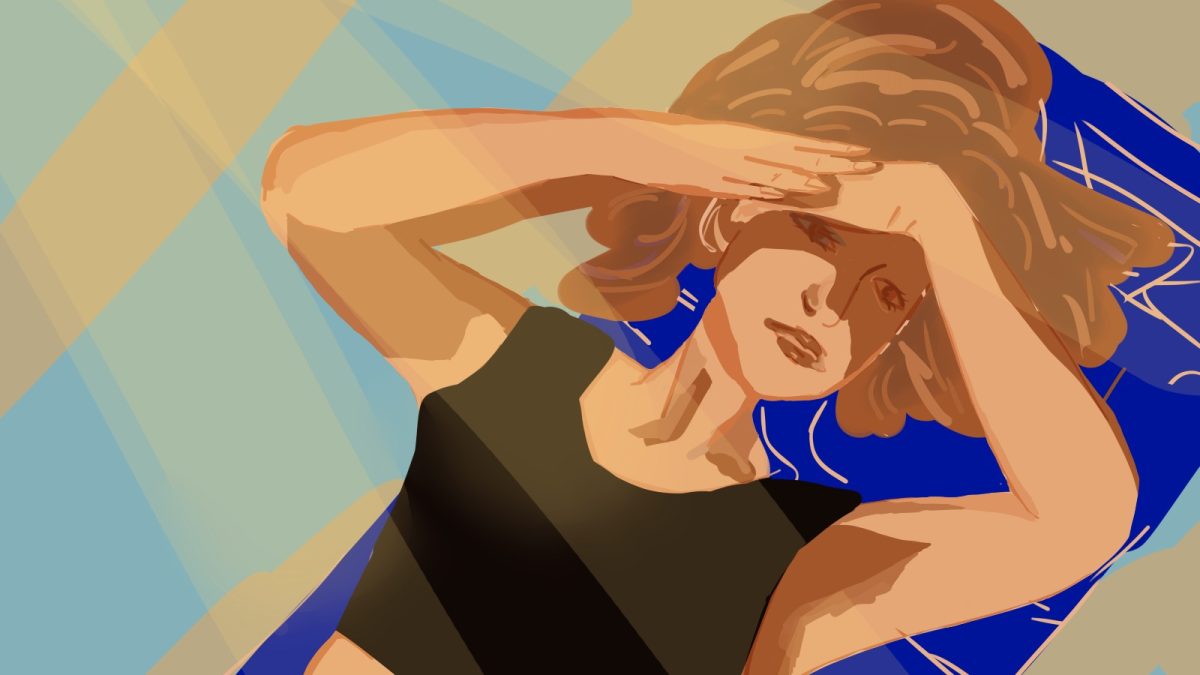MSD students use music to express their identities and to reflect their moods
Teenagers make several playlists that reflect how they feel at a given point in time, with several reflecting their current mood and emotions. Music as a whole is a form of relaxation and art for many.
September 23, 2022
Music is a large component of people’s everyday lives, especially for teenagers, and a form of art that is commonly overlooked. Many students listen to music for different reasons, such as to simply sing along, to dance or to relax after a long day. Due to music’s many uses, teenagers commonly sort their songs into playlists based on their moods.
“I enjoy having different playlists ready for whatever I’m feeling at the moment because I listen to music almost 24/7,” Marjory Stoneman Douglas High School freshman Aditi Sawant said.
Nowadays, teenagers tend to have their AirPods or headphones on constantly. Many people like to listen to music to drown out all the noise around them, especially since too much noise can be overwhelming for some; thus, music can be a safe haven.
“[I listen to music] after school or on the weekends, even when I’m at school or doing homework,” junior Paola Gutierrez-Ullivarri said.
There’s music being played almost everywhere, whether someone can hear it or not. Music has a broad range of genres and can be conveniently played. Manually adding each song to one’s queue is a lot more work that people would rather not do, which results in the creation of pre-made playlists. The number of playlists students have usually range from three to as much as 25, and can include pop, hip hop, rock and classical. These playlists may be listened to at different times of the day depending on how a student is feeling.
Playlists also tend to have somewhat unusual names such as “songs for when it’s raining” or “watching raindrops on the car window;” this is because the songs in that playlist remind the person of the same feeling they get under a certain set of circumstances, like when it’s raining. Some playlists contain songs that are slow, peaceful, and sad; they are put into practice when certain weather appears.
Because of music’s wide variety of genres, anyone can listen to whatever they want whenever they want, whether that is listening to k-pop music to dance to, rap music to work out to or a rock song to play on the guitar. Students also tend to listen to music during class time.
“Usually, I really enjoy drawing when I listen to music. As much as I love art, drawing requires a lot of patience and can get frustrating really easily,” Sawant said. “I like to listen to indie music when I draw because it helps me enhance my creativity while also keeping me from getting distracted.”
Others, like Sawant, use music to get themselves into a more peaceful state while doing something that may require extra patience and focus. For situations where one cannot have any distractions, slower songs are more popular, such as lofi hip hop music–calm yet slightly upbeat songs that people commonly listen to while doing homework.
“I usually play a happy playlist in the morning to get ready for the day and a very slow quiet playlist at night,” freshman Leo Dinh said. “The happy playlist puts me in a good mood with its upbeat tempo and positive lyrics. It starts my day off right.”
Listening to a slow, peaceful playlist before bed can get you in a calmer mood. “The most common reason given for using music as a sleep aid was to ‘help fall asleep quicker.’ 56.82% of participants who used music to help them sleep claimed they strongly agreed or agreed with this statement,” PLOS ONE, a journal that publishes stories on a variety of topics and has been around since 2006, said. Several other studies back up the statement that music improves overall sleep experience.
A variety of artists are also listened to. Artists like Bad Bunny and Kendrick Lamar make more upbeat, fast music, while others like Conan Gray and Joji create more slow, sad music. All artists or groups typically make certain genres of music that attract certain listeners. These groups of people like to listen to these genres because most of the time, they can relate to the songs.
There’s a song out there for whatever someone is feeling in the moment, likely more than one. Mood playlists are used by many students who like the feelings and convenience they provide.











